The Most Musical Songbirds in America
Updated: May 25, 2022
Bird songs are beautiful and melodic. Discover why you should be listening as well as looking for these musical types of songbirds.
The Top Songbirds
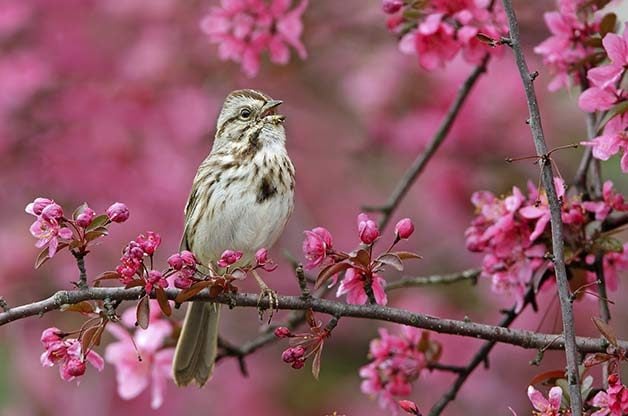
What is the best bird song? How can we choose when there are so many beautiful songbirds in the bird world! And the winner is…the wood thrush. Or the hermit thrush. Or maybe it’s the mockingbird, veery or the house finch. With hundreds of bird songs to choose from, picking the singer who reigns supreme all depends on who’s listening. But whichever bird strikes a special chord in your own heart, this list of soulful songbirds will definitely give you a few new favorites to discover. Here’s some of the best songbirds in America.
Learn how to identifying birds by their song.
Thrushes
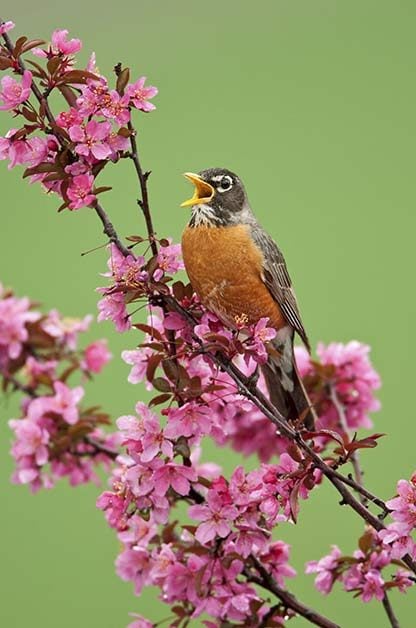
Imagine yourself in a spring wood in the dim light at the end of the day, listening to the poignant song of a wood thrush. Pretty soon, you too may be inspired to write a love letter to this singer, as Thoreau did in his 1852 journal, extolling the wood thrush’s evocation of “the liquid coolness of things drawn from the bottom of springs.” The simple ee-oh-lay followed by a trill is haunting, no doubt, but it’s the twilit surroundings that make it pure magic.
Another thrush with a delightful song is the veery. This bird’s simple song, a whirling, reedy repetition of its own name, is also delivered at dawn and dusk in the dim forest, going straight to the romantic heart of the listener.
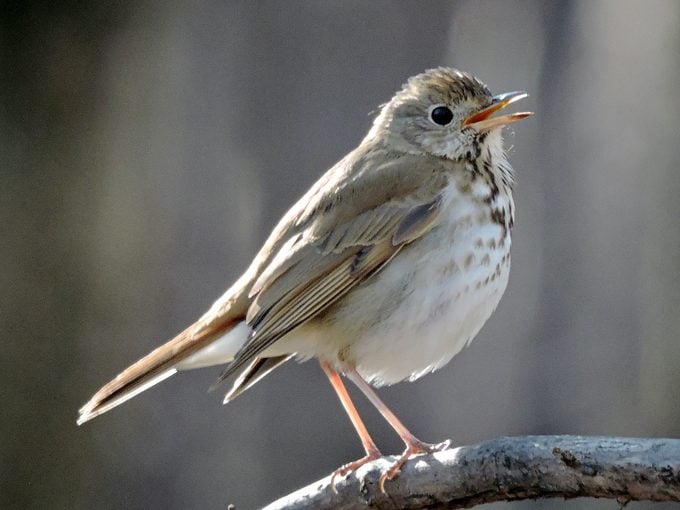
The song of the hermit thrush isn’t nearly as sweet and heart-tugging, but its rapid, liquid melody resonates with our ears because it follows some of our own musical scales, a trait that researchers only confirmed last November after carefully analyzing recordings.
Finally, a bird so common we tend to never give it a second glance: the American robin. Take a few minutes to listen, and you’ll see it shares the musical talents of its thrush family. Wake up early to listen for a robin bird call.
Wrens
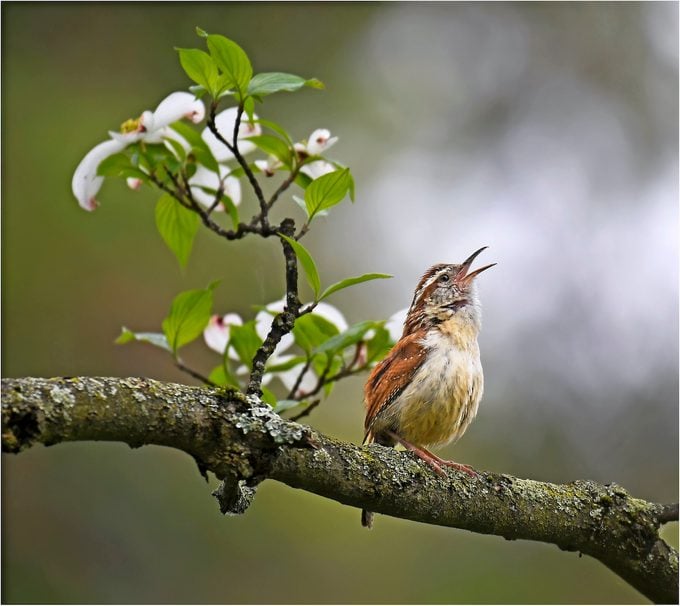
An unstoppable waterfall of notes spills from the throat of the tiny, indefatigable house wren, one of our most beloved backyard birds. Put up a birdhouse with a 1-1/8-inch entrance, and you have a good chance of welcoming a whole family (including baby wrens!). The house wren is the virtuoso, but all wrens have voices that will perk your ears up. Learn what a Carolina wren call sounds like.
Orioles
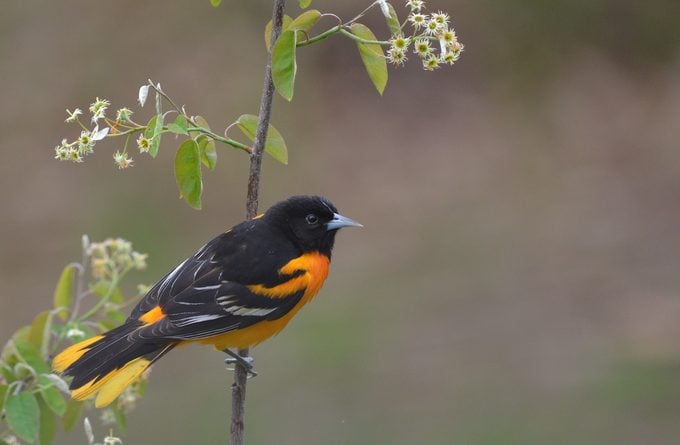
Loud, clear, whistled songs are the hallmark of these vividly colored birds. Oranges, jelly, sugar water and suet will attract orioles to visit your yard. Learn what a Baltimore oriole song sounds like.
Sparrows and Finches
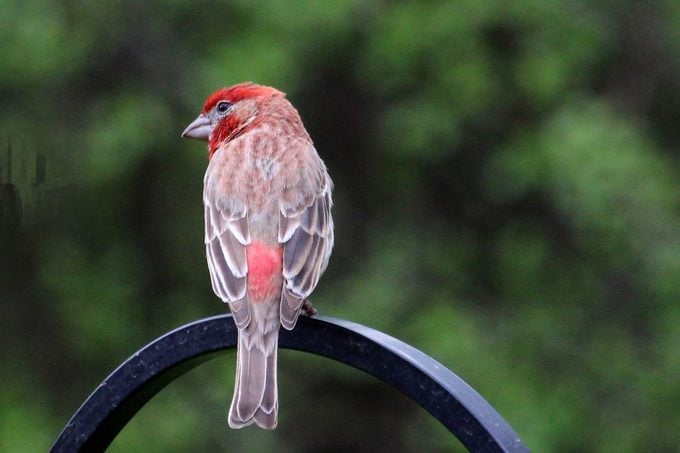
Every one of our native sparrows (more than two dozen species) has a song, and many are sweet and melodic. Listen for the common, brown-streaked song sparrow, which begins singing in late winter. House finches are among the earliest singers, beginning their complicated warbling not long after the turn of the year. These species prefer seeds, so stock up on white proso millet for sparrows, sunflower seeds for finches and nyjer for a treat.
Mimic Thrushes
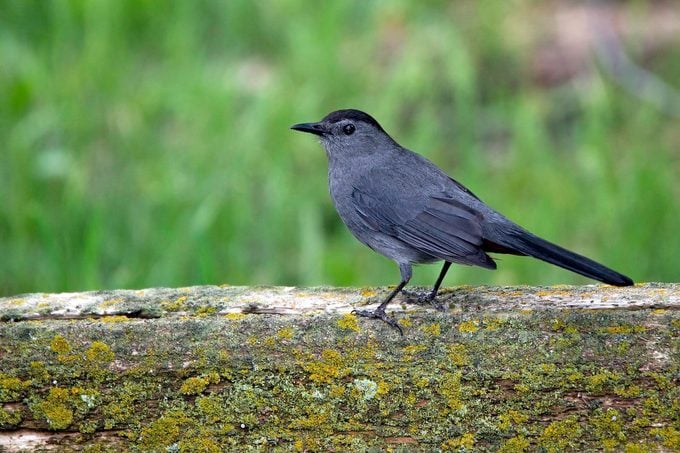
Northern mockingbirds, gray catbirds and brown thrashers have charming songs, but they can mimic other sounds, too. You’ll hear them singing at dawn, dusk and off and on throughout the day. They’ll sometimes sing at night, too. The mockingbird in particular may take it to extremes, holding forth for hours from the rooftop right over your bed. Learn more about thrasher birds.
Grosbeaks
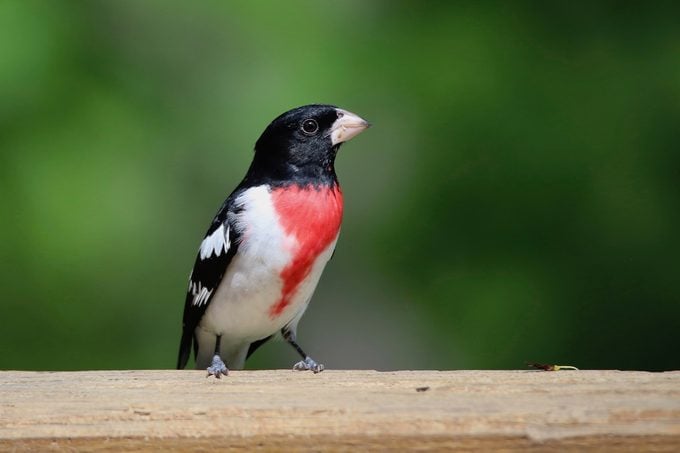
Less common than other songsters, the rose-breasted, black-headed and blue grosbeaks are all melodic warblers within their nesting ranges or along their spring migration routes. Once a rarity at feeders, they’re becoming more and more frequent visitors. They’ll eagerly eat sunflower seeds, as well as small, soft fruits from bushes or trees.
The most familiar grosbeak is one we don’t usually think of, although its heavy bill says otherwise. It’s the Northern cardinal, one of our most abundant and beautiful backyard singers. Learn what a cardinal’s call sounds like.
Tanagers
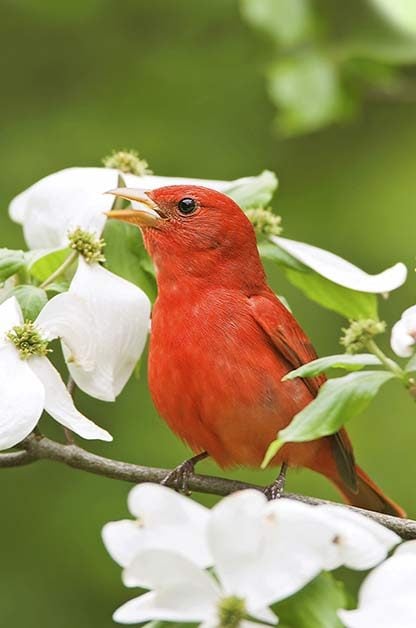
Seeing—or hearing—a tanager is usually a red-letter day because these birds aren’t nearly as abundant as other songbirds. Still, keep your ears open for their long, robinlike songs, especially during spring migration, when they may stop off in any backyard. Some tanager songs have a hoarse quality, suggesting “a robin with a sore throat.”
Discover 8 surprising facts about tanagers.
European Starling
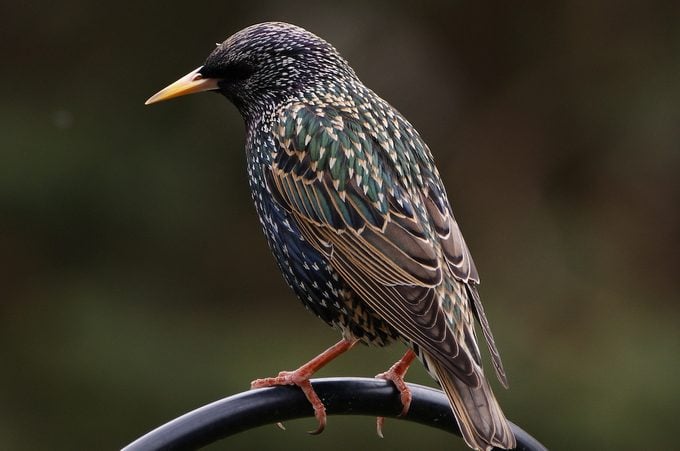
What’s the scorned starling doing among the sweet-voiced songbirds? Well, it’s an incredible singer, too. Best of all, starlings begin singing in winter, just when it feels like spring will never come.
Meet the vireo bird family: sweet summer singers.
Attract More Songbirds to Your Backyard
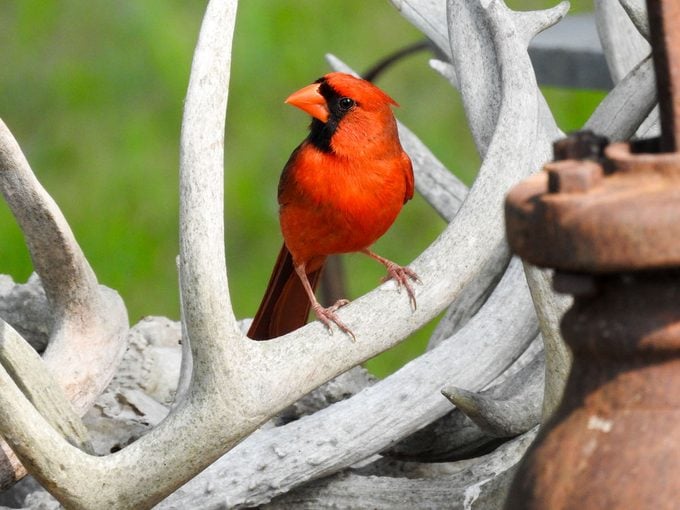
Insects and fruit are the natural menu for most of our finest songsters, including thrushes, orioles, tanagers, mimic thrushes and many grosbeaks. The more trees, shrubs and other native plants in your yard, the more of these birds you’re likely to hear as they forage for insects and other natural food.
Many songbirds are only recently discovering feeders, so stock yours with a variety of offerings: Suet, mealworms, oranges, apples, peeled bananas and grapes are a great start. Don’t hesitate to experiment, either. When I dumped small chunks of dried papaya in the feeder, a gray catbird and a Baltimore oriole took turns snatching them up. Orioles and a few others are famed for having a sweet tooth and will eat jams and jellies or visit an oriole feeder with perches. Finches, buntings, native sparrows and grosbeaks prefer seeds at the feeder. Another must is a bird bath. They’re a big attraction for all songbirds.
